FREE STANDARD SHIPPING WORLDWIDE!
KiSS Ankle Paradigm
Ankle Facts
Two independent joints make up the ankle. The Subtalar or STJ and the ankle AJ or Talocrural joints.
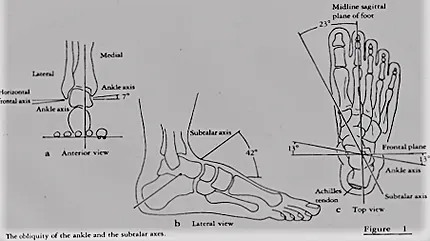
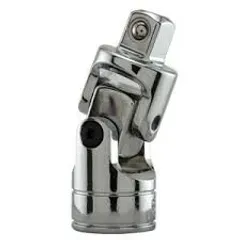
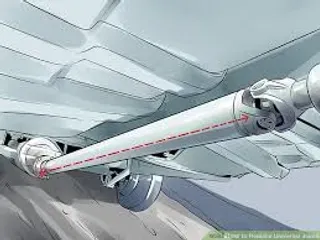
The combined action of these joints is an example of a ‘Universal Joint’, commonly used to transfer rotatory forces between 2 non-parallel components of a drive train (engine to wheels) in your car or tractor. The ankle/foot complex is the universal joint in the 'drive train' of the lower limb transferring power to the ground. You wouldn’t ‘lock’ one plane of a Universal Joint in your car and expect it to not do harm, so how has it become that we are doing it on injured ankles and our children?
When STJ ROM is restricted or exceeded in supination, the analogy of the universal joint means that external rotation must then be resolved at the ankle joint, through the restricted motion of internal rotation of the talus within the ankle mortise; a motion limited by the lateral ligaments. Injury to the lateral ligaments occurs ONLY at the extreme of NATURAL inversion ROM, and in fact is an entirely different joint, the Ankle Joint, that is injured. What that meant to KiSS, when considering the Universal Joint, were twofold; Restriction of the STJ (Inversion) was illogical (potentially harmful) and that the STJ ROM gave us a ‘SAFE ZONE’ where we can absorb or ‘suppress’ the total energy that left unchecked, can and does rupture the lateral ligaments. See diagram Safe Zone

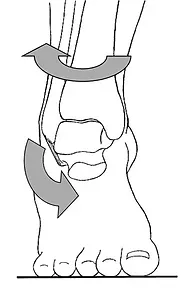
Left: Frontal section through the talocrural and subtalarjoints. Middle: Representation of force applied to the lateral calcaneus resolved through the STJ along moment arm X. Right: Forces not resolved during STJ supination are then transferred along the longer moment arm Y.
With loss of subtalar motion (for any reason),the ankle has no relief from superimposed rotational forces as theleg rotates. (Diagram Gary Wilkerson, EdD, ATC)
The Ankle ‘SAFETY VALVE’ and range and time dependent natural responses
The lateral ankle sprain motion is a ‘safety valve’ (Ferguson AB) for the lower leg. The ankle/foot complex is designed to initiate external rotation to relieve injurious forces over time and de-weight the limb through postural adjustments and by shifting Body Weight BW outside the base of support BOS.
With KiSS the user will go through the motion of an ankle sprain, effectively de-weighting the limb as nature intended, with the ‘safety net’ there to catch you and protect the ligament integrity of the ankle. Natural reactions to extreme inversion (ankle sprain motion) such as muscle reactions, external rotation of the leg on the fixed foot, and BW shifts, ALL depend upon a NORMAL range of motion (ROM) at the STJ to relieve the sudden onset of extreme inversion.
KiSS Rehabilitation v Traditional Rehabilitation


After injury, rehabilitation focuses on retraining of time and range dependent responses to inversion and requires an active range of motion of the STJ, inversion. Restrictive taping and bracing of the STJ and inversion ROM will disable ‘natural’ responses and are not used in functional rehabilitation because of their known affects to change proprioception and reduce inversion.
Consequences of restricting the STJ/Inversion in Rehabilitation
Restriction of inversion affects ankle/foot, and in fact, the entire lower limb biomechanical chain. Remember the analogy of the Universal Joint and compensatory rotary motion of the talus in the ankle mortis with restricted STJ ? The evidence and engineering logic suggest restricting the STJ may contribute to long term laxity of the lateral ligaments, especially if used on injured, lax or young ligaments.
Biomechanics of Ankle Pain BOAP (acute and chronic ankle pain)
No other system is able to maintain the even cartilage loading of the talocrural AJ over time, and medial talar dome defects are an obvious consequence of 'Point Loading'. By eliminating Point Loading and Point Loading Pain PLP, and Ligament Stretch Pain LSP during the swing phase, a KiSS can immediately mobilise ankle sprains in the acute phase, simply by maintaining positive upward tension in the AJ for extended periods. This makes ankle rehabilitation consistent with modern early mobilisation of other joint injuries, as boots, casts, strapping etc do not have 'medical intent' and do not promote 'repair'.
Surgeons are prescribing KiSS for use during rehab and taking patients at all levels from boots to 'boot camp'.
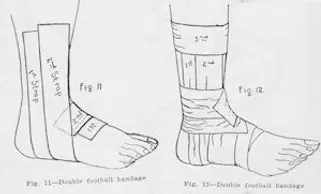
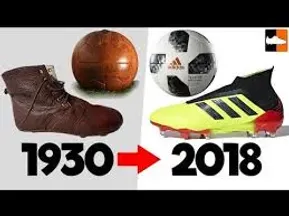
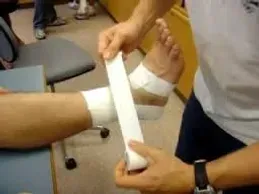
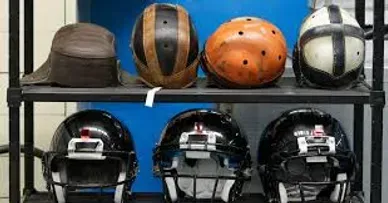
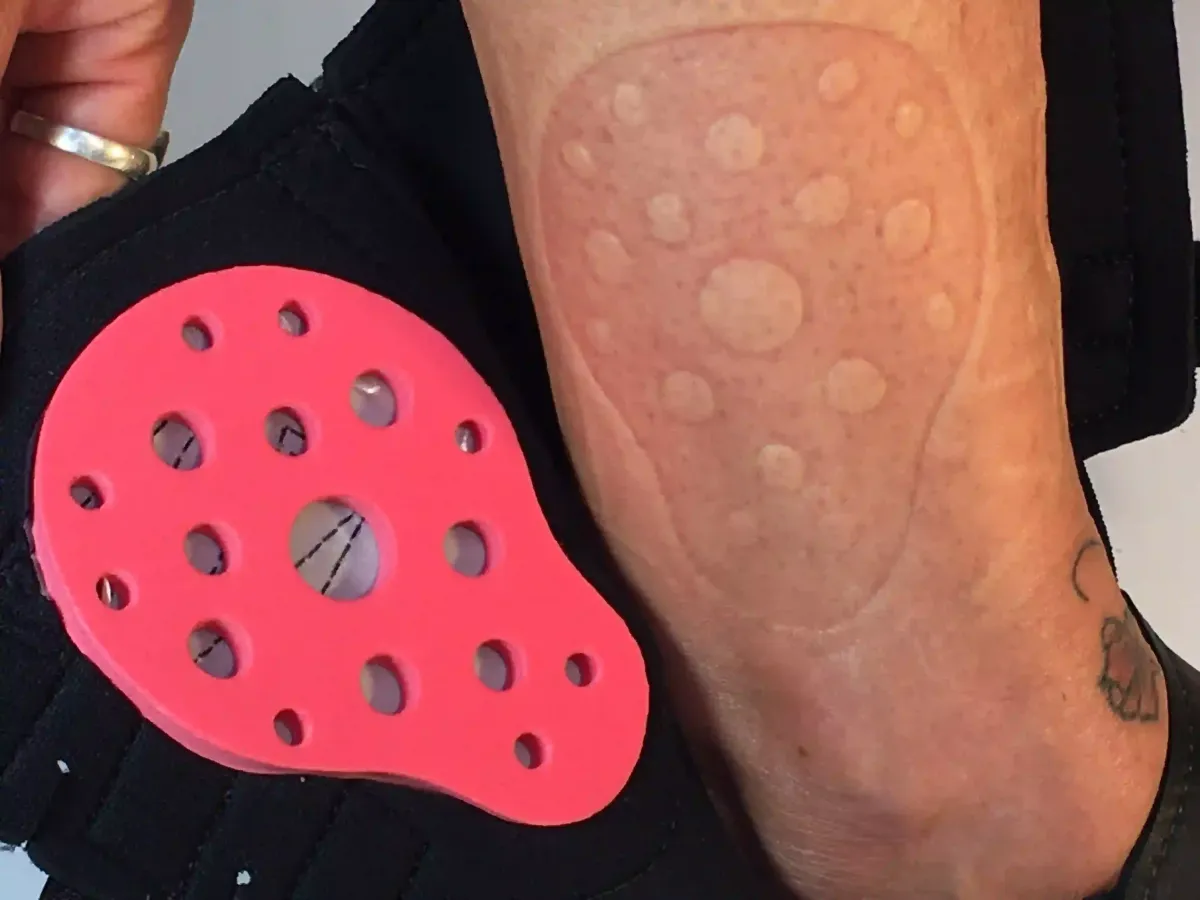
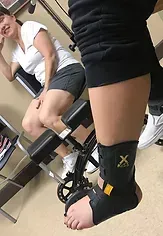
KiSS is the first system for ankles ever designed with ‘MEDICAL INTENT’ to provide ‘optimal loading’ to encourage and stimulate repair, and with Orthobiologics/Stem Cells, regeneration.
Existing systems, which are primarily aimed at restricting inversion, are likely based upon the principles of rigid taping, a tradition that developed in the early 1900’s.
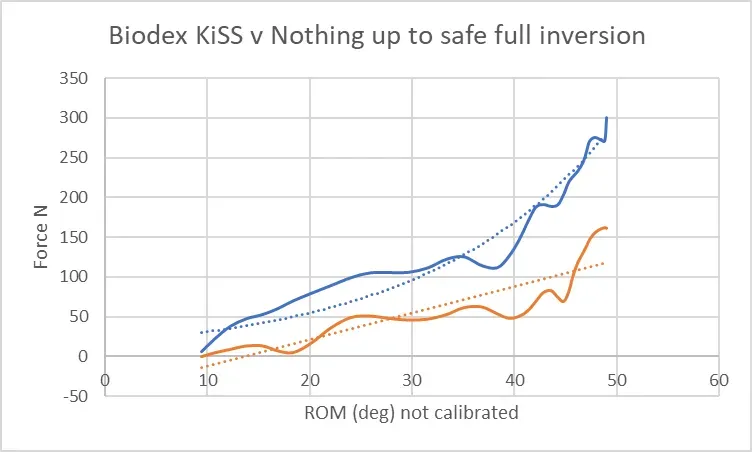
Unlike nearly every other area of modern sport, these systems have failed to change and respect both nature and the rights of the athlete/employee or patient to systems that have a basis in science and that ankle surgeons and users respect. It is time to move on !
KiSS Protection....... when and where you need it
The best ankle system is the one you are wearing when you need it, when you suddenly roll your ankle. Most current systems are avoided because they are uncomfortable, difficult to apply, restrict performance, are bulky or are simply unavailable like taping at training in even the English Premier League. At an average of 90 gms or 3 oz the KiSS systems are the only brace that is worn against the skin, anchoring to it, with the profile to fit easily into nearly any existing shoe type, soccer, basketball or even stiletto heels !
Designed as a ‘shock absorber’ akin to an ‘airbag’ or ‘crumple zone’ in a car, the user will only be aware of the KiSS if a sprain episode occurs
KiSS is simple - Engineering & Research
Using a combination of energy dissipating materials, anchors and the Newtonian principle of second-class levers, KiSS leverages on the lateral cuboid, avoiding any bearing on the fifth metatarsal head, to ‘better’ the total energy required for rupture of the lateral ligaments. It does this primarily by using ‘levers’, spreading the forces over the time necessary for postural adjustments (reduced Impulse I = F/T2 -T1), which are effectively disabled when Inversion ROM is restricted.
KiSS = Kinetic Impulse Suppression System
Here you will see the simple Physics at play. Potential Energy = mass x gravity x height therefore if we take PE1 as the original height of 1 m, mass 5 kg and gravity at 9.8m/s/s and PE2 as the height the ball is on the first bounce, then PE1 – PE2 is how much ‘energy’ has been ‘suppressed’ and P2 alone, represents the energy ‘returned’ to the athlete. Quantification of this public test is underway under University controlled conditions at Sydney University. Imagine what would happen if this KiSS STANDARIZED TEST were applied to current braces or tape. We would advise strongly against it, but one must consider that the forces are very similar?!
KiSS are ‘setting a high bar’ as a baseline for ‘safety’ and question the relevance of any system or standard that can observe >50% failure rates and recommend their use. Wear shoe boxes on your feet for 6 months v shoes in basketball and you could say they too ‘prevent’ injury, but only by ignoring the physics and the consequences. The consequences now are that
the short- and long-term costs of ankle sprains are THE SINGLE LARGEST HEALTH COST GLOBALLY ($100 B +) for any joint injury, $6.2 B + annually in the US (International Ankle Consortium statement) . The INJURY has become more valuable to allied health than prevention.
Social media allows us to engage and educate so that users are empowered to seek solutions WITH their Doctors and allied professionals, and KiSS will support you both.
We ship high quality Hand-made Australian Ankle systems worldwide for Athletes, Surgeons and Weekend Warriors
Decades waiting for Social Media, Science & Sports Litigation to expose the harm so we can bring you the safest ankle system on the planet.
We have developed & implemented our own 'Crash' & Mechanical Tests, using the product designer as a 'Crash Test Dummy.'
KiSS Ankle Co
Laurieton NSW Australia
Tel: International +61497170013
In Aus: 0497170013
Or email the Boss: [email protected]
Website By Abnormal Marketing
KiSS Ankle Co ABN 44576885484
